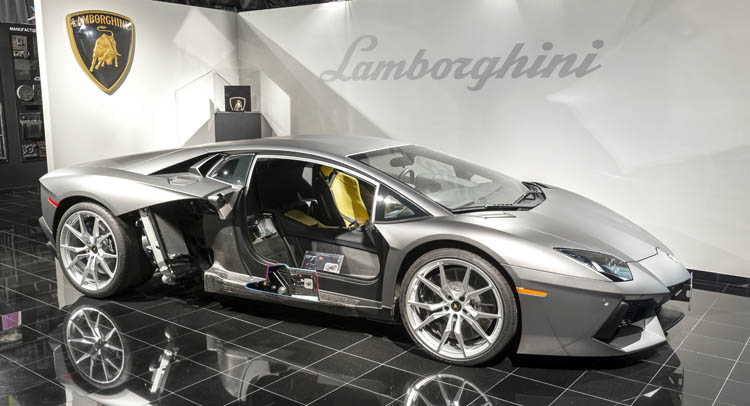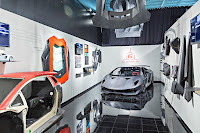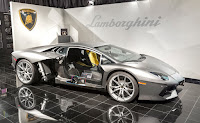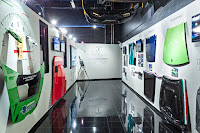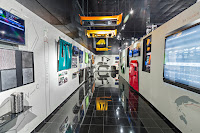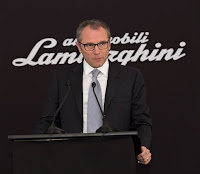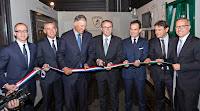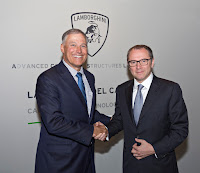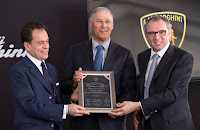Lamborghini has proven itself an industry leader in the development and application of carbon fiber. So much so, it formed an alliance with Boeing to apply its know-how in composites to the aerospace industry.
The supercar manufacturer has opened its new Advanced Composite Structures Laboratory in Seattle, close to where the aircraft manufacturer is based. Away from headquarters in Sant’Agata in Italy, the ACSL will help Lamborghini further develop the high-tech material for production applications. The company already pioneered a new type called Forged Composite, which significantly cuts down on the time involved in manufacturing carbon-fiber components, and the new laboratory will work on further advancements in the field.
“By continuing to develop our patented Forged Composite materials, we are able to create a product that can enhance Lamborghini super sports cars in both their performance and their appearance,” said R&D chief Maurizio Reggiani. “The ability to leverage this kind of lightweight material gives Lamborghini an advantage that will benefit our cars – as well as production process – in the future.”
The company started using carbon fiber as early as the Countach 5000 QV of 1985, but only recently stepped up to using it more comprehensively in the structure of its vehicles. Where the Murcielago, for example, was built around a steel frame, the Aventador that replaced it is based on a carbon monocoque. The Huracan uses some carbon fiber in combination with aluminim for its chassis. But limited-run supercars like the Sesto Elemento and Centenario have used carbon fiber even more extensively.
Washington State Governor Jay Inslee, who was also on hand for the facility’s inauguration, commented: “Lamborghini’s Advanced Composite Structures Laboratory, their continued success in developing breakthrough technology, and their collaboration with Boeing is a benefit and a point of pride for the city and the state of Washington”.



